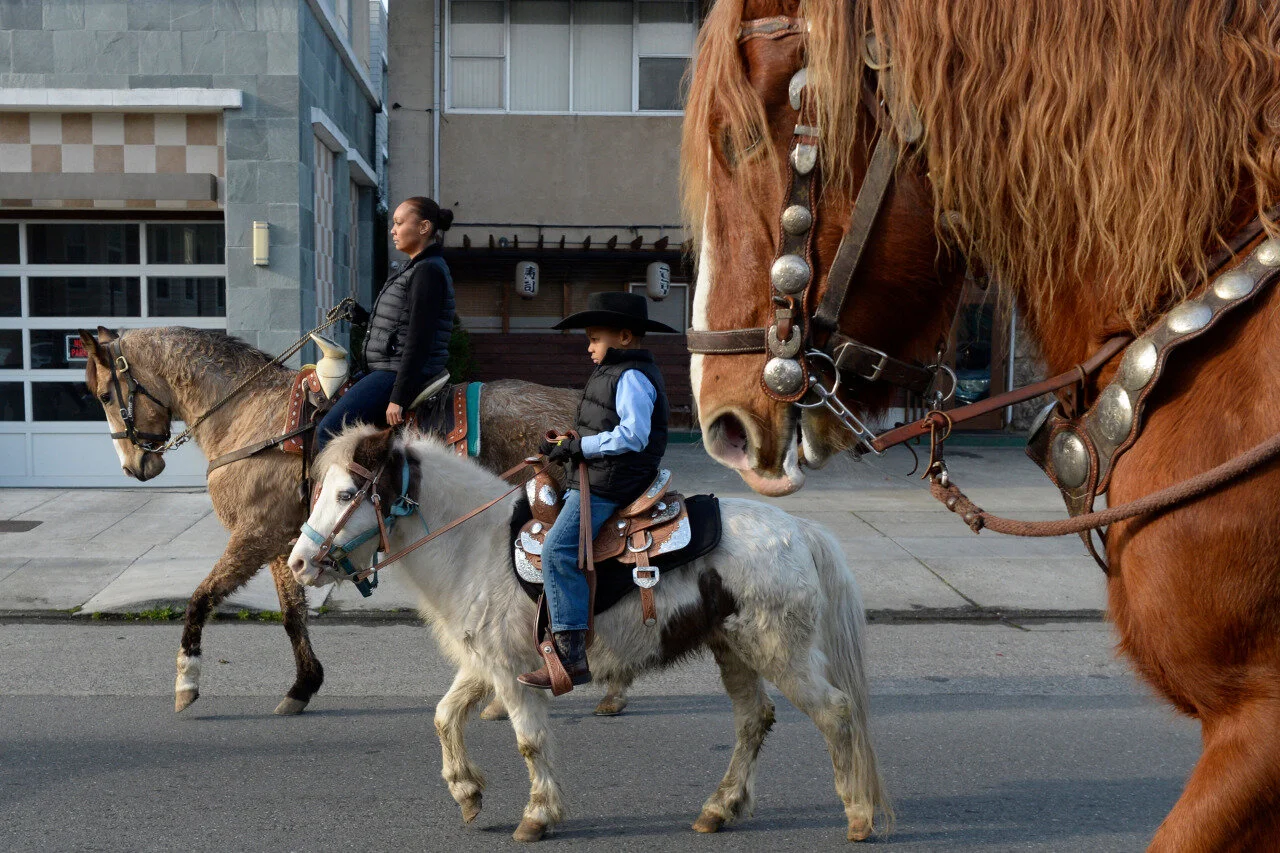Dr. King’s Legacy
Dr. Martin Luther King, Jr. has become an avatar for the many civil rights workers, women leaders, students, and everyday people whose non-violent direct action during the 1960s helped dismantle two of the three key elements of the Jim Crow system,-- segregation, and voter suppression-- while confronting the violence the system was built upon.
The mule-drawn carriage carrying the casket of Dr. King is accompanied by many notable civil rights workers. (Getty Images)
Dr. King was assassinated on March 29, 1968. He was just 39 years old. Although he and many of his fellow civil rights workers are remembered as national heroes today, at the time their work was very controversial and dangerous.
On the third Monday of January, Americans remember Dr. King and his fellow civil rights workers' commitment to service and justice. We celebrate their legacy by learning about our history, marching together in parades and demonstrations, and (most importantly) engaging in service to continue the work of eliminating the injustices that persist in our communities today.
Black Americans march on horseback in an MLK Day celebration in Arizona. (Muskogee Phoenix)
Black Americans march on horseback in an MLK Day celebration in California. (Mercury News)
Thank you for joining us this week as we explored the legacy of Dr. Martin Luther King, Jr. We hope that by learning about the history of our diverse, multicultural country we can create a more informed and inclusive equestrian community.
If there are topics you would like us to explore in future posts please comment or contact us!





